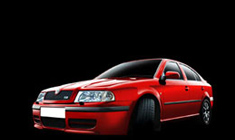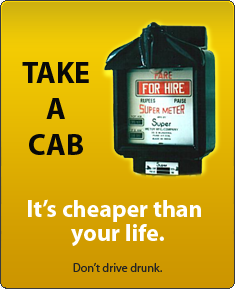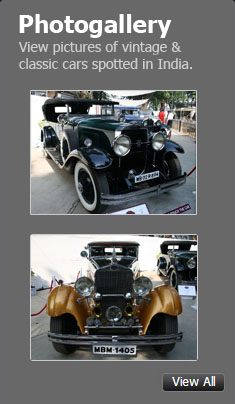News
2024 Hyundai Creta: BHPians share their choice of engine & gearbox
What’s working in the favour of the Hyundai Creta is that it has a host of powertrains on offer.
We had recently done a poll on the Hyundai Creta facelift and its competitors like the Kia Seltos, Honda Elevate, Volkswagen Taigun and more. The Korean twins gathered almost 55% of the total votes which goes on to show how successful both the cars have been. In the 2024 facelift, Hyundai has brought the Creta up to speed with the competitors and then some. There are some areas where the Creta still lags behind, but then those aren’t really major deal-breakers.
What’s working in the favour of the Hyundai Creta is that it has a host of powertrains on offer. There's a 1.5-litre naturally aspirated petrol engine that’s available with a 6-speed manual transmission and a CVT automatic transmission, a new 1.5-litre turbo-petrol engine that’s available with a 7-speed dual clutch transmission (Kia Seltos also offers the same with an iMT) and a 1.5-litre diesel engine with a 6-speed manual transmission or a 6-speed torque converter automatic.
So if were to buy a Hyundai Creta in 2024, which engine and gearbox combination would you pick & why?

The 1.5-litre NA petrol engine is the perfect choice for a sedate driver who enjoys a smooth driving experience. The engine is refined, smooth and has enough punch to get around the city and on the highways as well. It’s offered with a 6-speed manual and a CVT automatic. An advantage of this powertrain over the Kia Seltos is that in the Creta, you can have the 1.5- litre NA petrol in the top variant with both manual and CVT options.
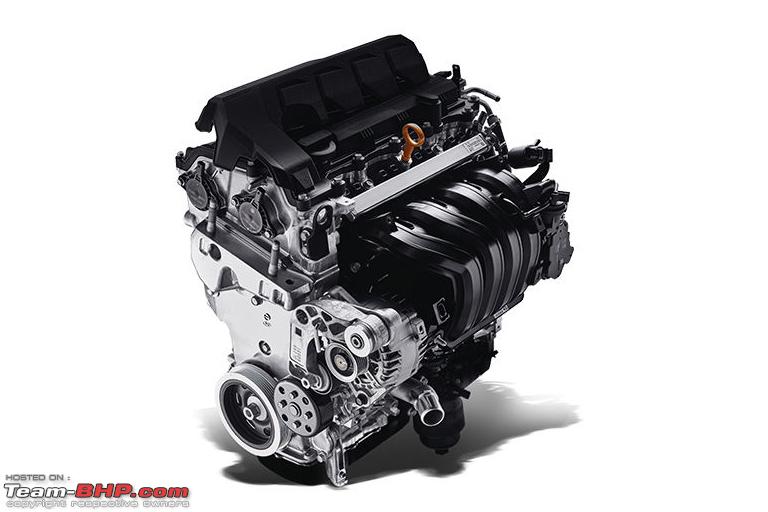
Then you have the much-awaited 1.5-litre turbo petrol engine that replaces the older 1.4-litre turbo petrol engine. This is one of the most powerful engines in the segment and is shared with the Kia Seltos. Unlike in the Seltos though, this engine is available only with a 7-speed dual-clutch automatic transmission that to only on the top SX(O) variant. Read our detailed drive report here.

For diesel lovers, there’s a 1.5-litre unit that can be had with a 6-speed MT or a 6-speed AT. Note that the Kia Seltos offers a clutchless MT (iMT) with this diesel engine and not a conventional 6-speed MT like Hyundai. This diesel engine from Hyundai-Kia is refined and has enough grunt to keep you engaged over long distances. You can read our drive report here.

Here's what GTO had to say on the matter:
158 BHP in an everyday crossover is enough to convince me! My pick will be the 1.5L Turbo DCT for its fast, effortless performance on the open road. The Diesel AT is also brilliant, but my running isn't high enough to justify it. Each one of my cars averages 5000 km / year.
Here's what BHPian vattyboy had to say on the matter:
Want to share my experience with people who are considering Creta Diesel.
I bought Creta Diesel AT last month.
My Jeep Compass 2.0 D Manual FE >= Creta 1.5 Diesel AT FE.
Creta's 6-speed AT is tuned to keep the engine rpm above 1500 all the time, the moment it goes below 1500 rpm the gearbox tends to downshift, which results in slightly less FE.
For example in the city-
At 35-40 kmph compass can be driven in 4 gear at 1200 rpm, but at this speed, Creta AT will keep the engine in 3rd gear at 1650 RPM. Which results in the same mileage for both cars.
So people who are considering Creta Diesel due to only 1 reason i.e. Mileage then they should buy Manual.
Advantage of Diesel AT-
- Brisk performance, Point and Shoot. As the gearbox keeps the engine above 1500 rpm the engine is always in its turbo band to satisfy the enthusiast in you.
- I am getting 19 kmpl on the highway when I am so so so forgiving on the throttle and I think turbo petrol can give 17 with the same style.
- So I think 2 kmpl is worth sacrificing for that extra power.
So I voted for 1.5 Turbo Petrol.
Here's what BHPian fhdowntheline had to say on the matter:
As a past owner of the Creta 1.5 Diesel AT and present owner of the Verna turbo DCT, I would recommend without any hesitation to go for the turbo petrol. While the diesel-AT combination is creamy smooth and historically more reliable, it is after all, a diesel. The turbo petrol is more refined across the rev-range, and it (at least on the Verna) delivers a wallop after 1600 rpm or so. The quick shifting DCT also helps here, and there is definitely a greater ease of overtaking than the diesel AT , which is not bad by itself.
As far as long distance cruising goes, my observation is that the diesel AT provides a slightly more even torque spread, allowing you to cruise between 80-110 kph in a more relaxed manner. The Verna turbo sometimes feels like it is getting bored when cruising, especially under light load , and seems a tad eager to sprint forth at a slight dab of the throttle. And in Sport mode, it is mildly insane.
Here's what BHPian Chanda_Das had to say on the matter:
In terms of long term reliability, maximum comfort (read low noise, vibrations and harshness), minimum maintenance costs, possible government bans, etc, my pick would be the naturally aspirated 1.5 petrol Creta with the iVT system. When it comes to fuel efficiency, with BS6 fuels, there isn't much of a real life difference between the turbocharged diesel 1.5 AT and the naturally aspirated petrol 1.5 iVT unless the usage is very high. And as a private car owner of a regular consumer car, it doesn't make much sense to buy a car with a manual transmission especially with the ever increasing congestion on our roads.
I would absolutely stay away from the turbocharged 1.5 petrol with the DCT gearbox. This is because of the simple fact that the long term reliability of this gearbox in India has been questionable to say the least irrespective of the brand. Additionally, this engine has existed in the Indian market for less than the "golden period" of 3 years which means that its long term reliability is unknown as of right now
Here's what BHPian YD14 had to say on the matter:
1.5 NA + CVT. I am biased but this combination suits Creta perfectly. It is just so linear, refined and smooth. Don't be fooled by its specs on paper, you will always have enough power both on highway and within city; just don't try to keep up with a Slavia on expressway (I speak from experience). Once you master throttle inputs you can minimize the rubber band effect to nothing, otherwise paddle shifters work great.
The fuel economy is decent too. Calculated using Tank to tank method we got around 15 kmpl overall on our last trip to Delhi and back. This included 4 adults with their week's worth of luggage, A/C on all the way through, driven at the limits of our roads in sports mode. Cruise at 100kmph instead of 120kmph on expressways, accelerate slowly (light footed), shut down engine and A/C at traffic lights or remove a few passengers and you can easily extract 3-4 kmpl more.
This combination is the best for non-enthusiasts with low usage (7k in 2.5 years in our case) and hence gets my vote. If Hyundai is able to prove the facelift in the BNCAP, this will become my default recommendation for families looking for a 20L car.
Read BHPian comments for more insights and information.



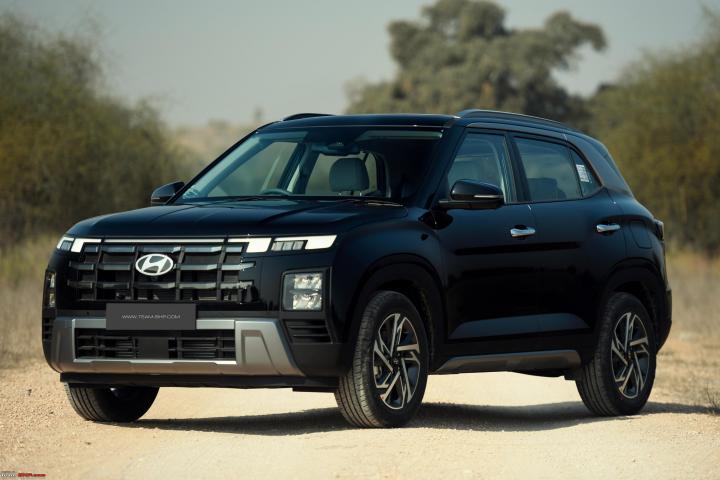







.jpeg)

_7.jpg)


